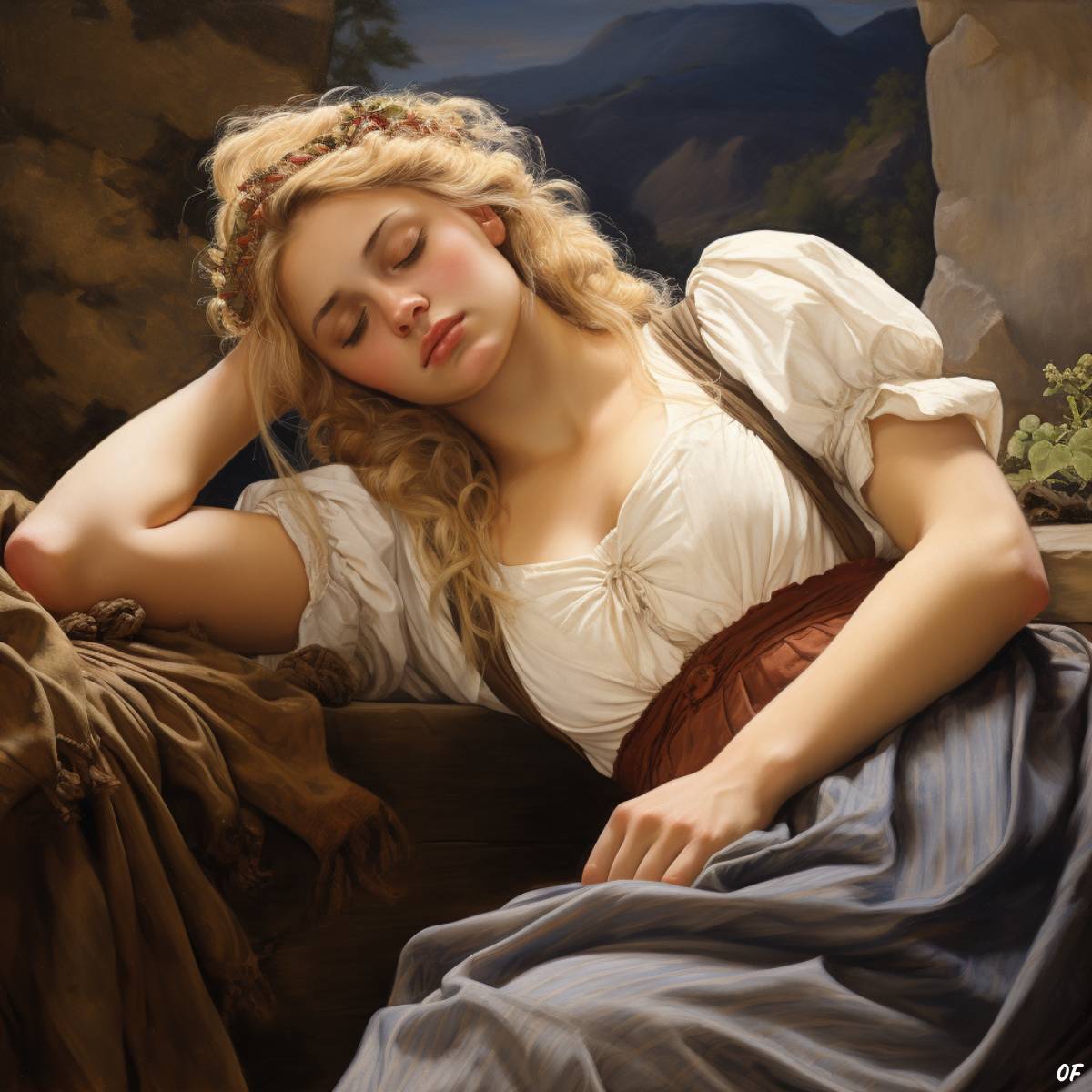At the age of 27, a half-decade prior to penning Treasure Island, Robert Louis Stevenson embarked on a 12-day journey through the autumnal landscape of the Cévennes highlands in southern France. Accompanied by Modestine, a small, stubborn donkey with a grayish-brown hue, Stevenson documented his expedition in an exquisite diary, one of the pioneering works of outdoor literature.
Halfway through his journey, on September 28, 1878, Stevenson scaled a portion of the Lozère and found a secluded dell among the pines to camp for the night. There, he buckled himself to the knees into his sleeping bag—one of the first to ever be commissioned!—and had a hearty meal; then, “as soon as the sun went down,” he pulled his cap over his eyes and fell asleep.
However, instead of sleeping until dawn, Stevenson woke up shortly after midnight, feeling strangely calm and refreshed. Lighting a cigarette, he remained awake for the following hour, contemplating his solitude, the surrounding serenity, the sparkling stars—only to fall asleep for a second time, as the tranquil embrace of the night gradually lulled him into pleasant dreams.
When he woke again, many of the stars had disappeared. It was already Sunday, September 29, 1878, and the day was at hand.
From giraffes to bats: sleeping habits across species
All animals sleep; each species, however, seems to sleep in its own way.
Just compare humans to giraffes. An average human being is barely half the size of a giraffe’s neck—and more than three times smaller in overall height—and yet, we sleep twice as long (eight hours) as giraffes (four hours) during a given 24-hour period.
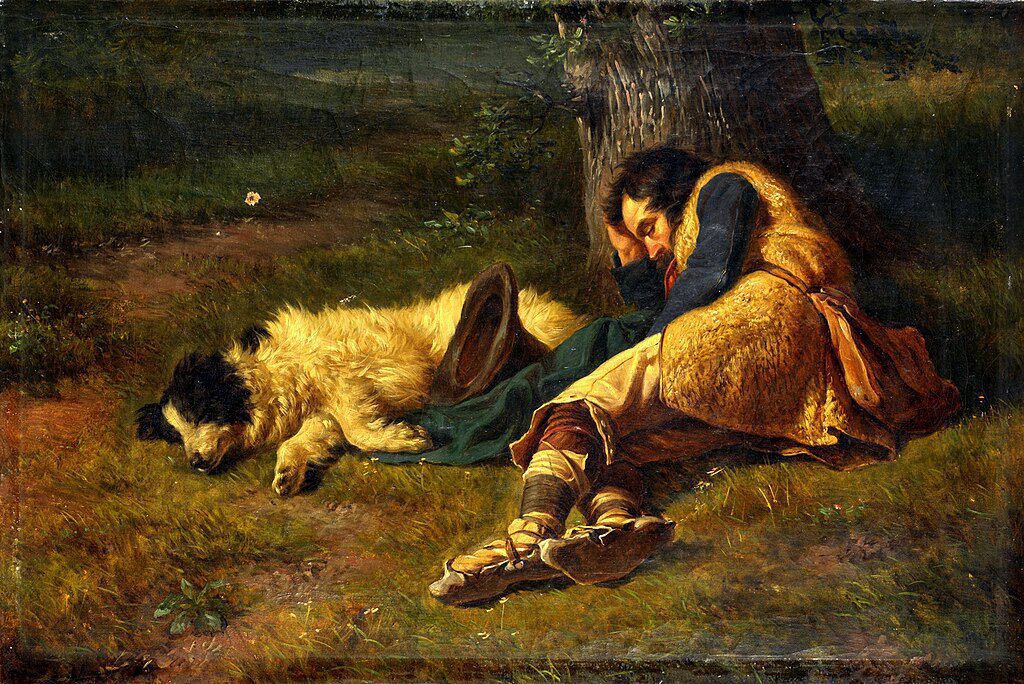
Elephants, too, need about half as much sleep as humans (with at least one study cutting even that in half!), but tigers and lions usually sleep as much as we are wide awake, clocking around 15 to 16 hours of slumber daily. Dogs, as pup enthusiasts know, are usually somewhere in between—12 hours. Brown bats, in an extreme example, are barely ever up: they sleep 20 hours a day, spending about five of their six years on Earth asleep!
As Matthew Walker explains in Why We Sleep, “total amount of time is one of the most conspicuous differences in how organisms sleep.” But it’s just one of many.
All the different ways sleep differs
Organisms exhibit variations in several sleep-related aspects.
Notably, some organisms experience dreams while others do not—birds and mammals fall into the former category, whereas amphibians and fish belong to the latter.
Sleep behavior also varies in terms of brain hemisphere involvement, with certain species sleeping with both sides of the brain (known as bihemispheric sleep) while others, like dolphins and whales, opt for unihemispheric sleep.
Additionally, some organisms possess the remarkable ability to alter their sleep patterns in specific circumstances. For instance, migrating birds resort to in-flight ultra-power naps lasting mere seconds, strategically staving off sleep deprivation during long, transoceanic journeys.
And then there’s also the very nature of the sleep pattern.
The special sleeping habits of human beings
Some animals practice a monophasic sleep, characterized by a lengthy and uninterrupted period of rest during the night. In contrast, other animals—most of them, in fact!—prefer a biphasic or polyphasic sleep pattern, meaning they sleep multiple times throughout a 24-hour period.
Such is the case even with apes, our closest relatives, most of which have polyphasic sleep schedules, taking short naps or rest periods throughout the day, in addition to a longer sleep period at night.
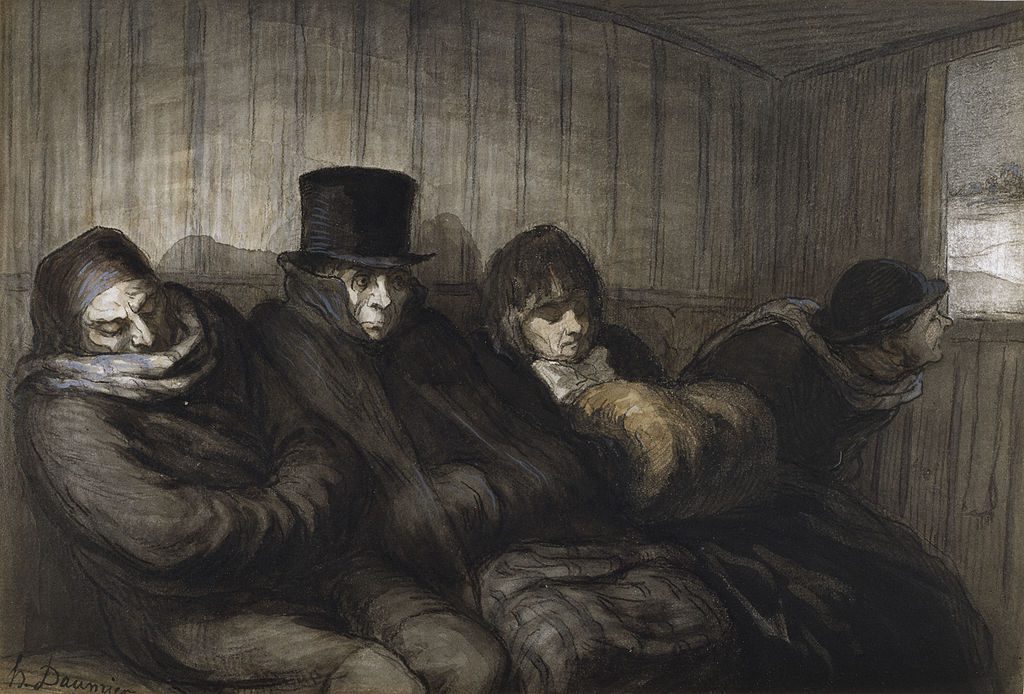
“Human sleep sticks out like the proverbial sore thumb,” writes Walker. “The total amount of time we spend asleep is markedly shorter than all other primates (eight hours, relative to the 10 to 15 hours of sleep observed in all other primates), yet we have a disproportionate amount of REM sleep, the stage in which we dream.”
Relative to most animals—and all primates—we are, to quote Walker once again, “the anomalous data point” in evolutionary history, regardless of whether we’re talking about sleep time, dream time, or sleep pattern. To understand why, allow us a quick detour—to early 18th-century post-Louis XIV peak-monarchial France.
The clock within De Mairan’s mimosas

In 1729, Jean-Jacques d’Ortous de Mairan, a polymath of striking versatility, found himself captivated by the intriguing behavior of Mimosa pudica, a heliotropic plant. Beyond merely tracking the sun’s movement, the leaves of this plant exhibited a full nocturnal collapse, ostensibly wilting at night, only to be gradually reawakened under the gentle caress of sunlight the following day.
De Mairan wanted to determine if the sun is solely responsible for this behavior. So, he placed a Mimosa pudica in a sealed box for a 24-hour period, occasionally checking its leaves during the night using a candle’s dim light. Surprisingly, even in this controlled environment, the plant continued to exhibit its rhythmic folding and unfolding, defying the assumption that external light was the sole influencer of its behavior and suggesting something extraordinary: an internal timekeeping mechanism.
“This mechanism may have a probable connection with the ability of sick people to differentiate day and night from their bed,” de Mairan remarked almost nonchalantly. Two centuries later, his perspicacious intuition would be vindicated by two revolutionary findings.
Uncovering circadian rhythms
Despite de Mairan’s findings—which went largely ignored—it was the work of two 20th-century researchers that truly illuminated the widespread prevalence of internal biological clocks.
First, in 1929, German ethologist Ingeborg Beling reported inner timekeepers in bees, a revelation that hinted at the existence of internally regulated day cycles extending beyond plant life.
Then, on the brink of the Second World War, American physiologist Nathaniel Kleitman—the father of modern sleep research—sealed himself off for 32 days in the Mammoth Cave in Kentucky, only to discover that humans, too, keep their own time, almost irrespective of sunlight, much like de Mairan’s bashful mimosas.
These groundbreaking revelations heralded the modern understanding of circadian rhythms: the inherent, roughly 24-hour oscillations that orchestrate biological processes, acting as an internal timekeeping system that governs the ebb and flow of our daily doings, our sleep schedules, and even life itself.
How the body’s clock works: genes, proteins, and light
At the most fundamental level, the circadian clock in mammals operates through intricate interactions between specific genes and proteins that create a self-regulating feedback loop.
During the day, certain genes—let’s call them “the day shift genes”—produce proteins that activate the expression of numerous other genes, which subsequently influence various bodily functions. As the day progresses and the evening sets in, a distinct set of genes becomes more active. These genes produce proteins that inhibit the activity of “the day shift genes,” signaling that it’s time to wind down and prepare for sleep—the “night shift.”
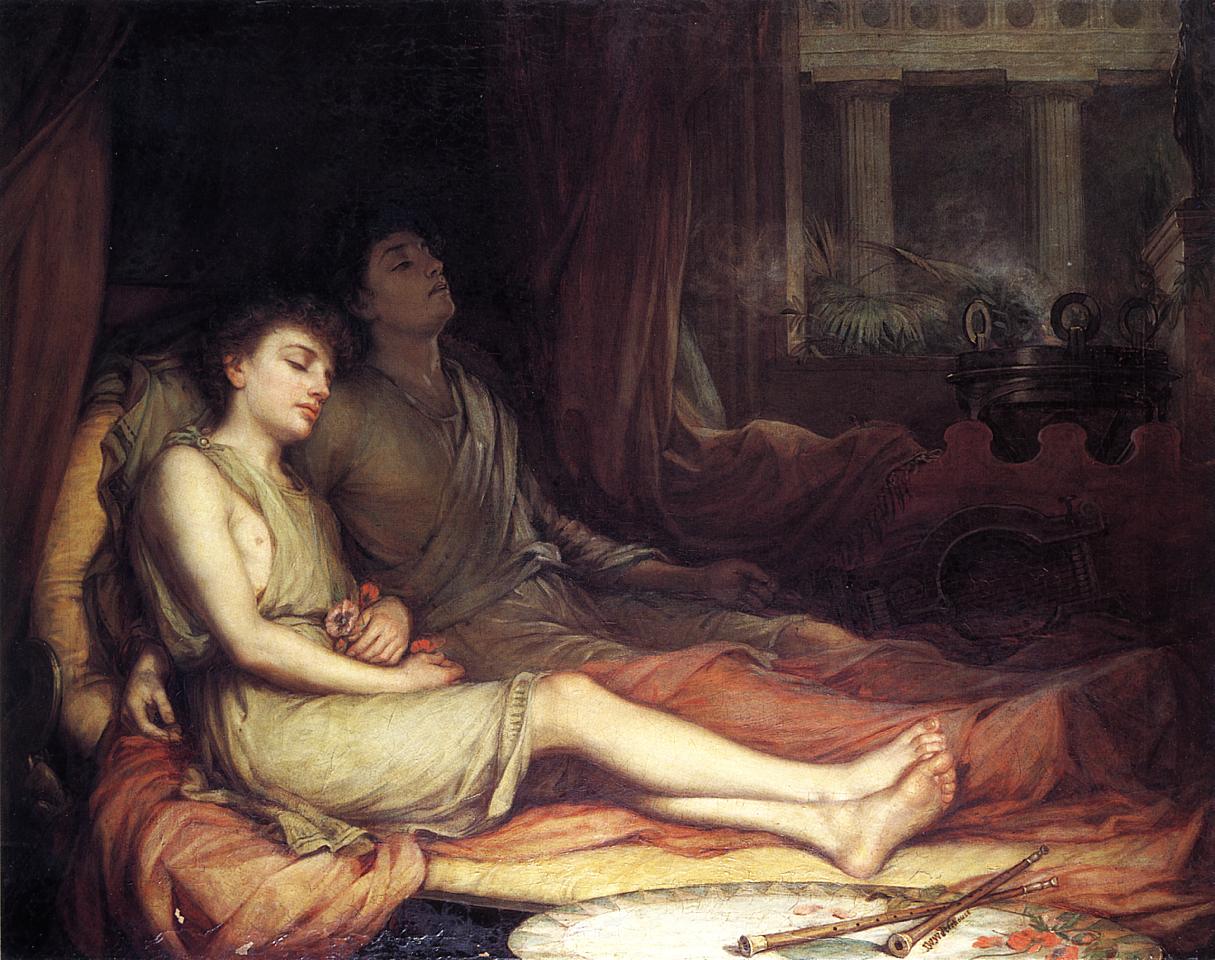
The external environment, especially light, plays a significant role in this process. Special sensors in the eyes detect light, and this information is sent to a part of the brain called the suprachiasmatic nucleus (SCN), often referred to as the “master clock.” The SCN uses this light information to help synchronize your internal clock with the actual day-night cycle, keeping you in rhythm.
However, in our modern world, pervasive artificial illumination, limited exposure to true darkness, and reduced access to bright natural light have greatly disrupted the natural light-dark cycle. This prompts a crucial question: Has this alteration affected our circadian clock too? Dr. Thomas A. Wehr, a sleep researcher at the National Institute of Mental Health, pondered this very question in the early 1990s.
Resyncing: the incendiary implications of Thomas Wehr’s enlightening experiment
In his lab in Bethesda, Maryland, Wehr attempted to replicate the efforts of Kleitman from decades earlier, aiming to simulate the circumstances of a night untouched by modern sources of illumination.
So, he gathered a group of eight volunteers and placed them in a setting deprived of all artificial light. The volunteers were asked to spend 14 hours in this room every day for at least a month—on average, the duration of a midwinter’s night at the latitude of Washington. Throughout this entire period, Wehr measured their sleep patterns, hormones, body temperature, and other variables.
What he discovered in the process was nothing short of remarkable. Initially, the participants slept for about 11 hours each night, probably making up for previously missed sleep. Over time, however, they all settled into an average of about 8.5 hours, though never in a single block! Instead, the volunteers developed biphasic sleep schedules, meaning they slept in two symmetrical four-hour bouts separated by about two to three hours of quiet rest.
“In long nights,” concluded Wehr, “human sleep resembles that of other mammals to a much greater extent than has been appreciated.” In other words, we’re actually built for biphasic sleeping; it’s just that our world isn’t.
Awakening history: Roger Ekirch’s revolutionary discovery
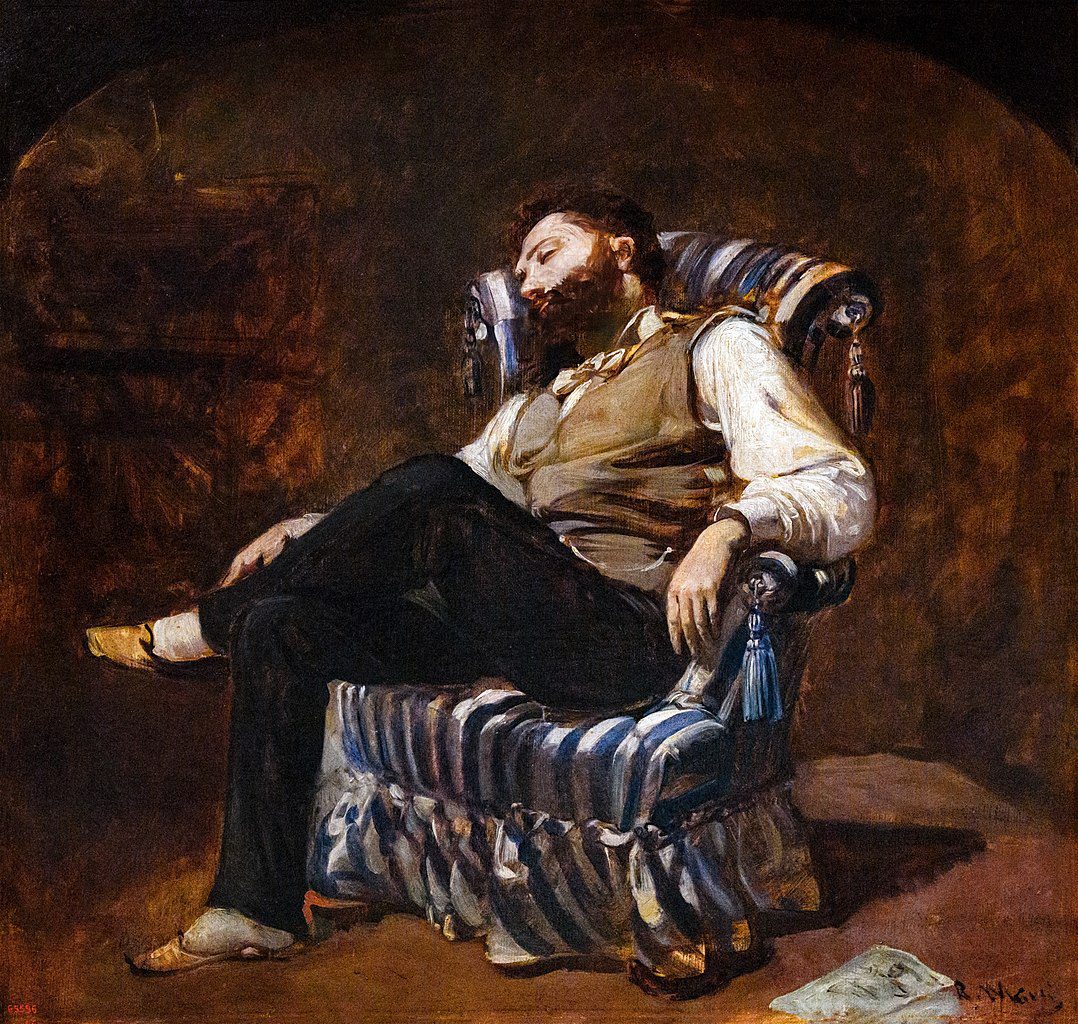
Historian Roger Ekirch, a distinguished professor at Virginia Tech, describes his experience of reading Thomas Wehr’s experiment as probably the most exciting moment of his life, aside from his wedding and the birth of his children.
Ekirch had spent the previous few months combing the library archives in search of references to a mysterious phenomenon he had come across quite accidentally while researching a book about the history of nightlife—that of the segmented nighttime sleep. In Wehr’s experiment, he found the ultimate validation of a suspicion that had lingered within him for quite some time.
In his seminal 2001 paper titled “Sleep We Have Lost: Pre-Industrial Slumber in the British Isles“—and then again five years later, in his masterful work At Day’s Close—Ekirch summarized his findings thus:
There is compelling evidence to suggest that segmented sleep, a pattern akin to that observed in many wild animals, was the predominant natural sleep pattern of humankind before the advent of modernity. […] Throughout much of history, Western Europeans typically experienced two distinct sleep intervals separated by approximately an hour or more of tranquil wakefulness during most evenings, a pattern that persisted until the close of the early modern era.
“All men sleep by intervals”
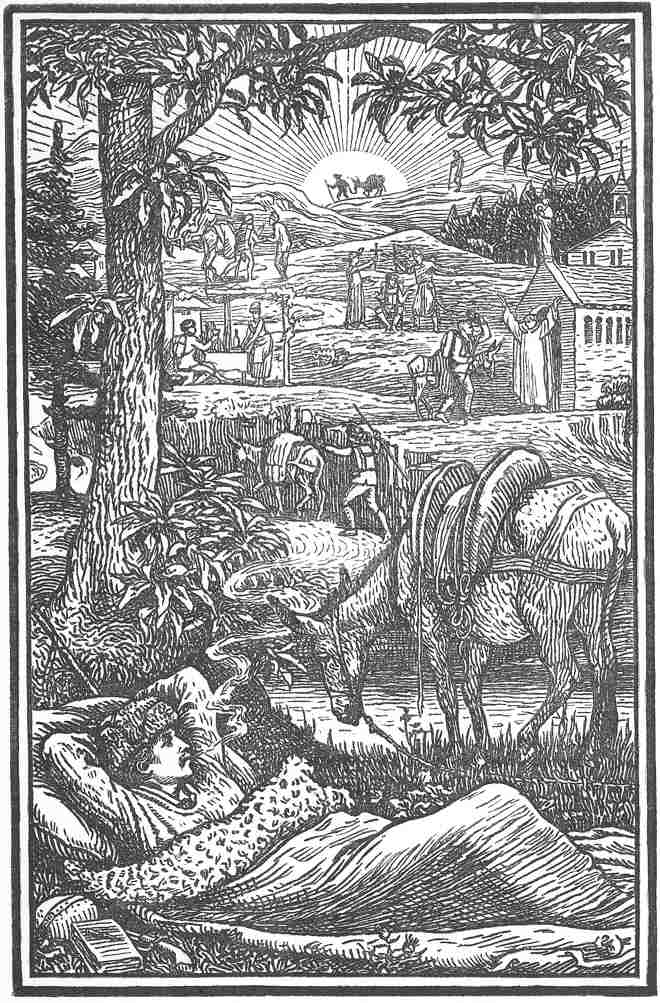
On the night of September 28, 1878, in the waking hours of an interrupted sleep, Robert Louis Stevenson felt like he had discovered “a new pleasure” for himself—that of sleeping twice in a single night, using the intervening time for serene contemplation. However, as Ekirch came to understand, the Scottish author had merely rediscovered a biological constant: biphasic sleep.
References to the practice abound in literature. Whether in court records, medical advice, or prayer books, whether in folk ballads (“Old Robin of Portingale,” stanza 20) or in the works of great authors such as Chaucer (“The Squire’s Tale” verse 367), Cervantes (Don Quixote, vol II, chapter LXVIII), Hawthorne (“The Haunted Mind”) or Dickens (Barnaby Rudge, chapter LXXXI), the allusions to phenomena such as the “first sleep” (also known as “deep sleep”) and the “second sleep” (sometimes referred to as “morning sleep”)—as well as the “watch” that bridges the two—are plentiful. So plentiful, in fact, that it’s almost perplexing that they went unnoticed until Ekirch’s investigation!
Consider, for example, the following words by Club from George Farquhar’s 1698 comedy, Love and a Bottle (act V, scene 2): “I believe ’tis past/ Midnight, for I have gotten my first sleep.” There’s little other way to interpret this aside from connecting it to the practice of biphasic sleep. Just as well, it’s hard to imagine what else William Harrison could have had in mind other than this custom when he defined the Latin word intempestum, in his Description of England (1577) as “the dull or dead of the night, which is midnight, when men be in their first or dead sléepe.”
Given such a wealth of references, it becomes clear why John Locke could consider, in his immensely influential Essay Concerning Human Understanding (1689), the sentence “all men sleep by intervals” as equally axiomatic as “no man can be nourished by wood or stones.” For long periods of history, biphasic sleep was simply a fact of life. So, why does it seem so strange to us today? Blame it on the Industrial Revolution.
The watch and the watchers
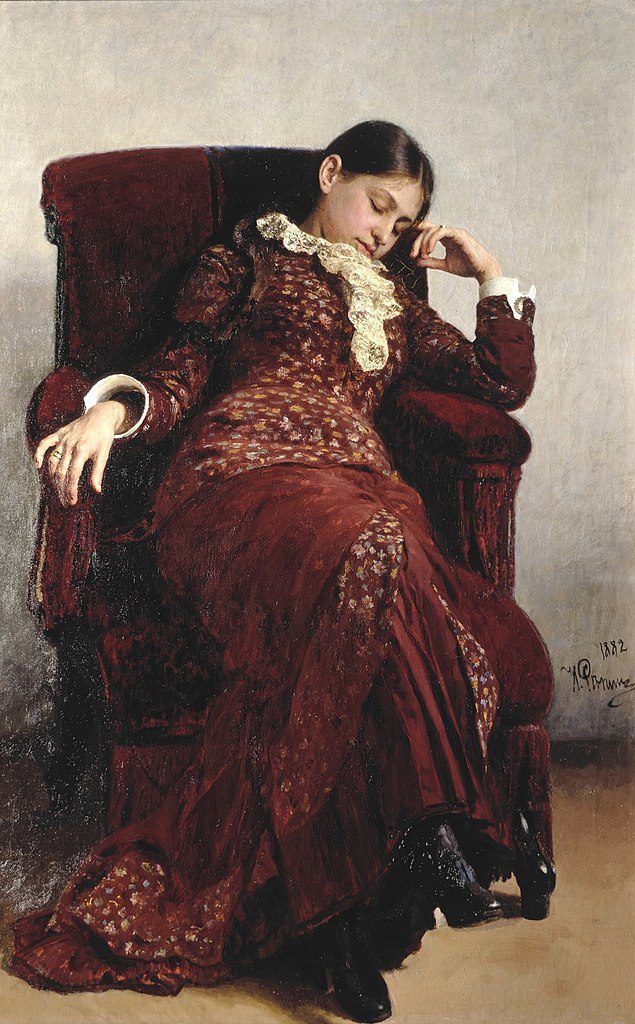
To reiterate (and emphasize), throughout the Middle Ages and the early modern era, historical records indicate that in Western Europe, people customarily engaged in two extended periods of sleep during the night. These were divided by a span of wakefulness around midnight (there’s a reason why the term means “middle of the night”), which held considerable importance for many individuals.
The “watch,” as this period was usually called, offered an opportunity for introspection and contemplation, allowing people to reflect on their dreams and upcoming responsibilities, while also indulging in leisurely activities like enjoying a pipe or preparing ale. In some instances, people would interact with each other, as communal sleeping was customary during these times.
It was the time of poets and philosophers, but also the time of thieves and wrongdoers. It was, finally, the time of solemn prayers and intimate interactions, particularly among those belonging to the lower social strata who, burdened by laborious days, could find scant opportunities for blue-blooded businesses, such as flirting, romance, and love.
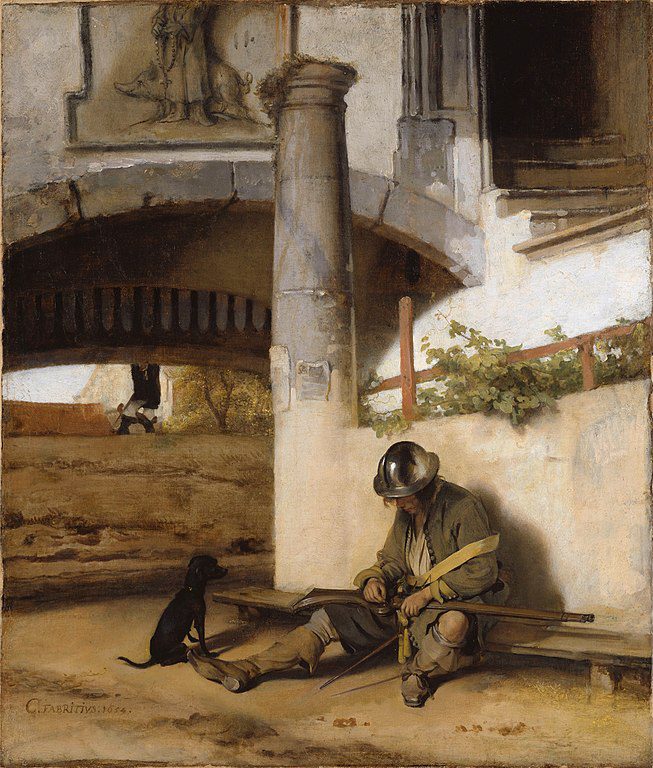
With the advent of modern lighting, however, everything changed. Suddenly, a variety of nighttime activities, previously not even imagined, became possible. Before too long, this extended the “watch” period, causing people to interrupt their second sleep mid-REM, for early work obligations. As expected, this often led to insufficient sleep, resulting in daytime tiredness.
Compounding the issue, newspapers—often controlled by factory owners—started advocating for the abandonment of “the idle watch.” As historian Daniel Rodgers explains, in the preface to The Work Ethic in Industrial America, 1850–1920, factories “brought the disciplinary strain in the work ethic, its call to constant busyness, out of the realm of moral abstractions and into nineteenth-century social reality.”
The ideal, morally upright individual was, almost overnight, reimagined as someone who was “a perpetuum mobile of repressing energy,” someone too busy and occupied to even have the energy for vice. This shift in perspective gradually transformed the act of dividing one’s sleep into something seen as undesirable and self-indulgent. It also made people less healthy.
Sleep shifts: from Aristotle to Franklin to Edison
Aristotle believed that rest and idleness were an integral part of human happiness, going so far as to imply that they might constitute the very purpose of all our endeavors. “We do business in order that we may have leisure, and carry on war in order that we may have peace,” he remarked in the Nicomachean Ethics. Fast forward two thousand years, and compare this to Benjamin Franklin’s diametrically opposite declaration, from his 1741 Poor Richard’s Almanack, “Up, Sluggard, and waste not life; in the grave will be sleeping enough!”
How interestingly then that the rise of references to sleep disorders and poor sleep quality in literature coincides with the rise of Franklinian work ethic and fading accounts of biphasic sleep! As the rich saw more and more opportunities to get richer, factories began adding shifts around the clock, newspapers went on justifying that, and people’s overall sleep health was rendered irrelevant in the process.
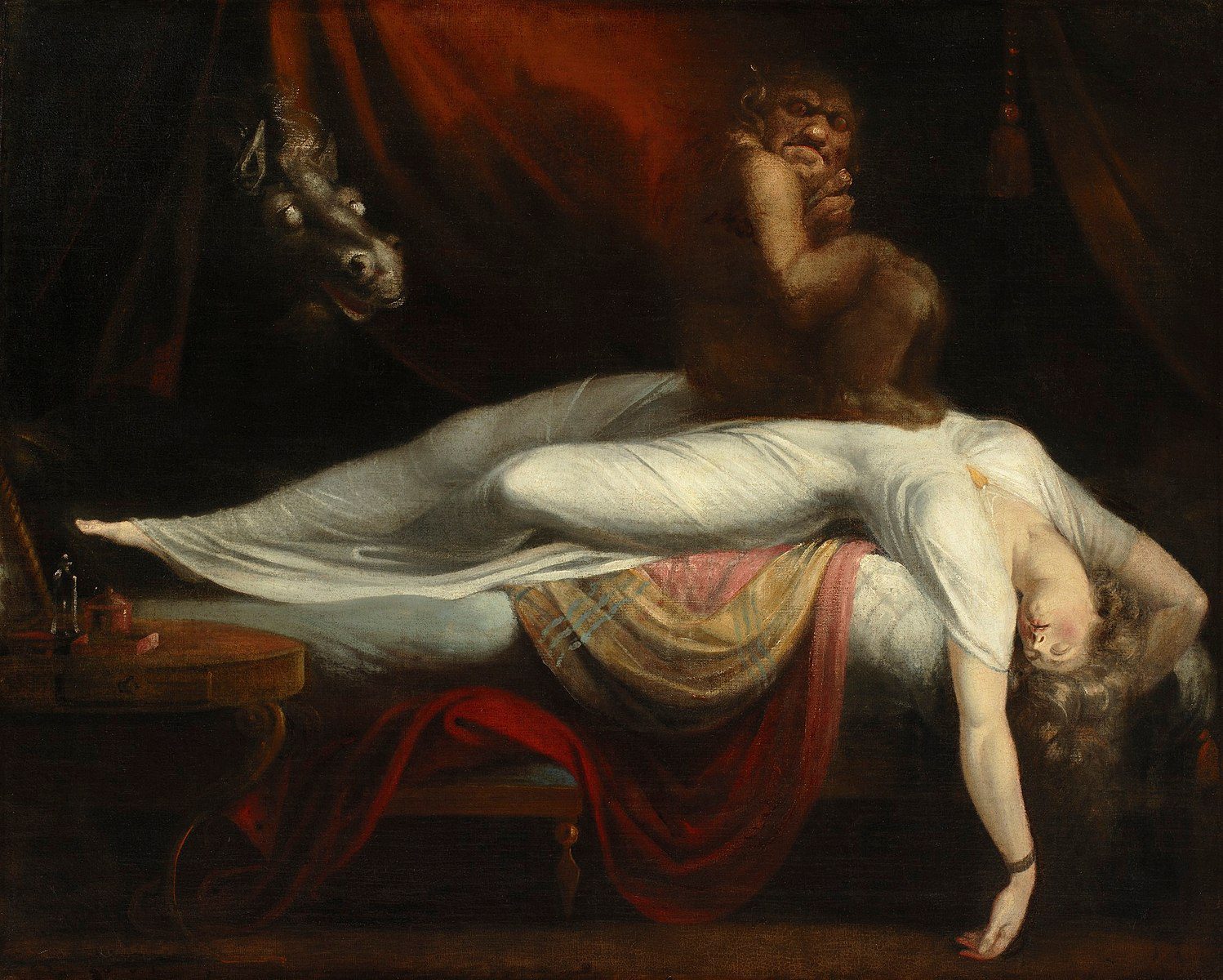
Consequently, insomnia and exhaustion became pressing concerns, particularly in America. The country’s “pull-yourself-up-by-the-bootstraps” ethos, coupled with a deeply ingrained Puritan work ethic, created an environment where sleep was often equated with idleness—as succinctly explained in Arianna Huffington’s book The Sleep Revolution.
“Nothing in this world is more dangerous to the efficiency of humanity than too much sleep,” exclaimed Thomas Edison for The New York Times, on the 35th anniversary of the invention of the incandescent lightbulb. A century later, we know for sure it’s the other way around. Our bodies need to sleep twice a day. And they tell us so constantly.
The quest for natural rest—and the full significance of segmented sleep patterns
The connection between sleep disorders and monophasic sleeping sparks an intriguing idea—our difficulty in achieving uninterrupted sleep at night might not solely result from anxiety or stress, but could also be linked to hidden societal pressures. To put it more simply, the way we’re currently sleeping—once in a 24-hour period—simply doesn’t align with our natural sleep pattern.
Indeed, it’s not just the vast majority of wild animals that prefer sleeping more than once in a day—it’s people too, all of us, when we are children. It’s also almost all hunter-gatherer tribes, such as the Gabra in northern Kenya or the San people in the Kalahari desert, both of whom sleep for at least seven hours a night, and then take a 30 to 60-minute midday nap—a sleep schedule quite familiar to several siesta cultures throughout the world, especially across Mediterranean Europe.
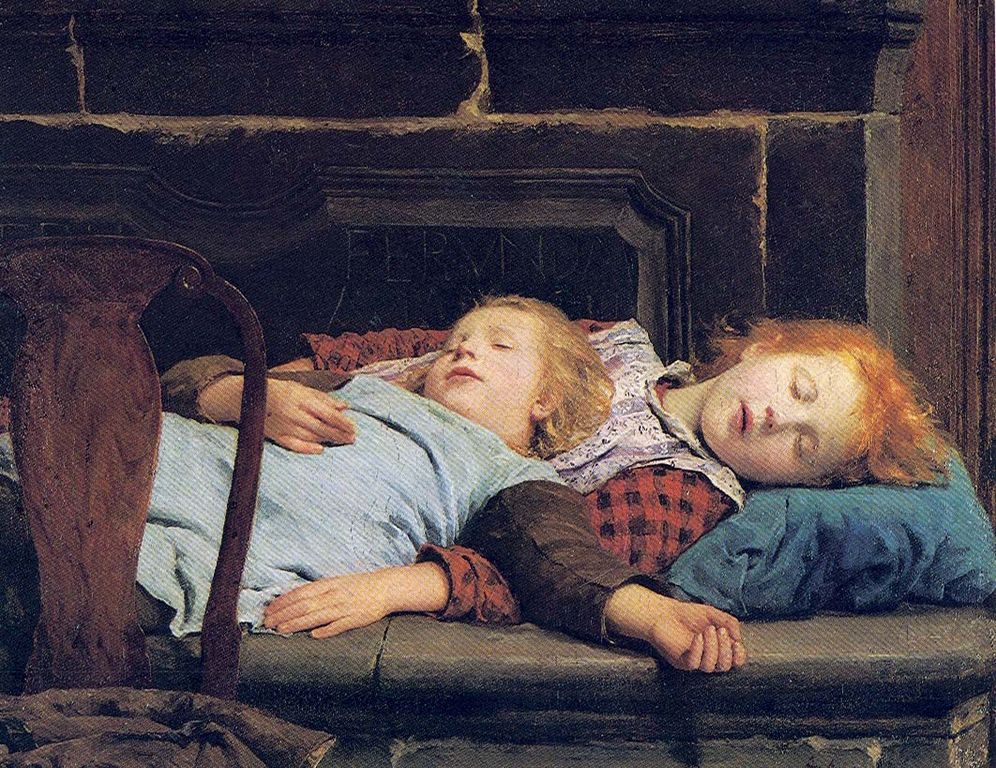
This brings us to another form of polyphasic sleep, described by Matthew Walker as “the true pattern of biphasic sleep.” It involves a longer uninterrupted sleep at night followed by a shorter nap in the afternoon. Anthropological, biological, and genetic evidence supports this as the undoubtedly most natural and most common sleep pattern for humans.
Ever experienced afternoon drowsiness? Of course you have, and probably daily! Well, it’s an evolutionary call—your innate inclination to take an afternoon nap, especially after а meal. It seems that our biology is hardwired for a second sleep: ignoring this inclination can have dire consequences. For illustration, consider the case of Greece, where the abandonment of siesta-like practices led to a 37% increase in the risk of death from heart disease!
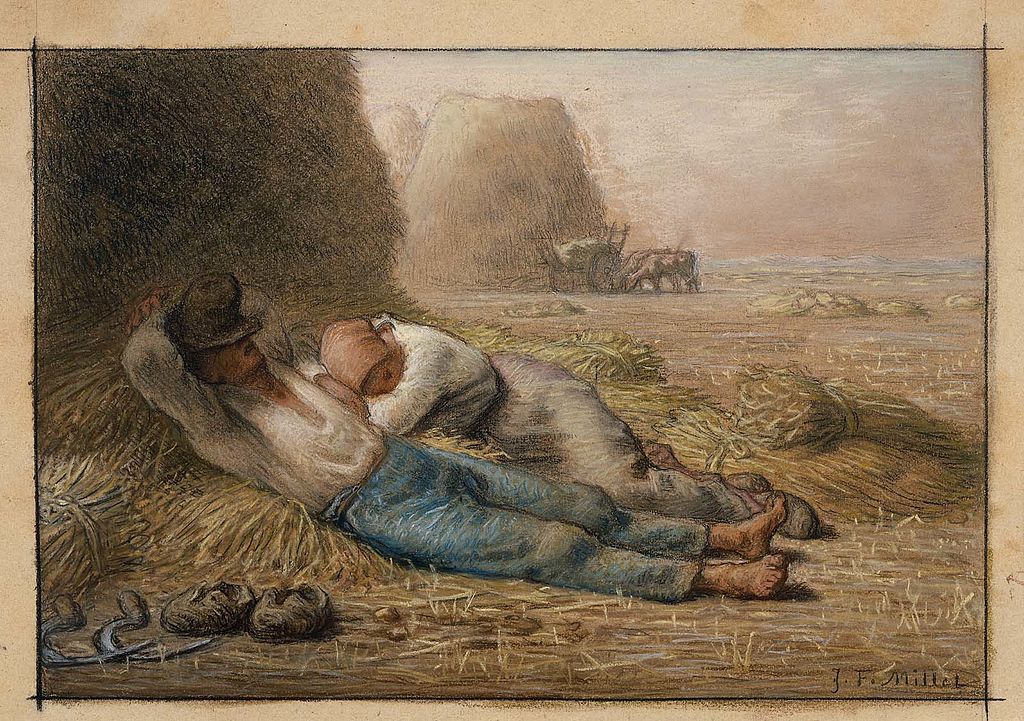
Walker’s conclusion deserves more than just a quote: “When we are cleaved from the innate practice of biphasic sleep,” he writes, “our lives are shortened. From a prescription written long ago in our ancestral genetic code, the practice of natural biphasic sleep, and a healthy diet, appear to be the keys to a long-sustained life.” It’s your move.

